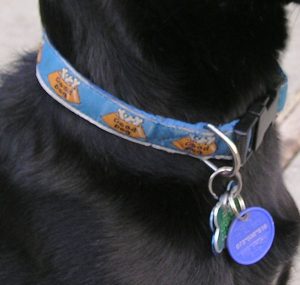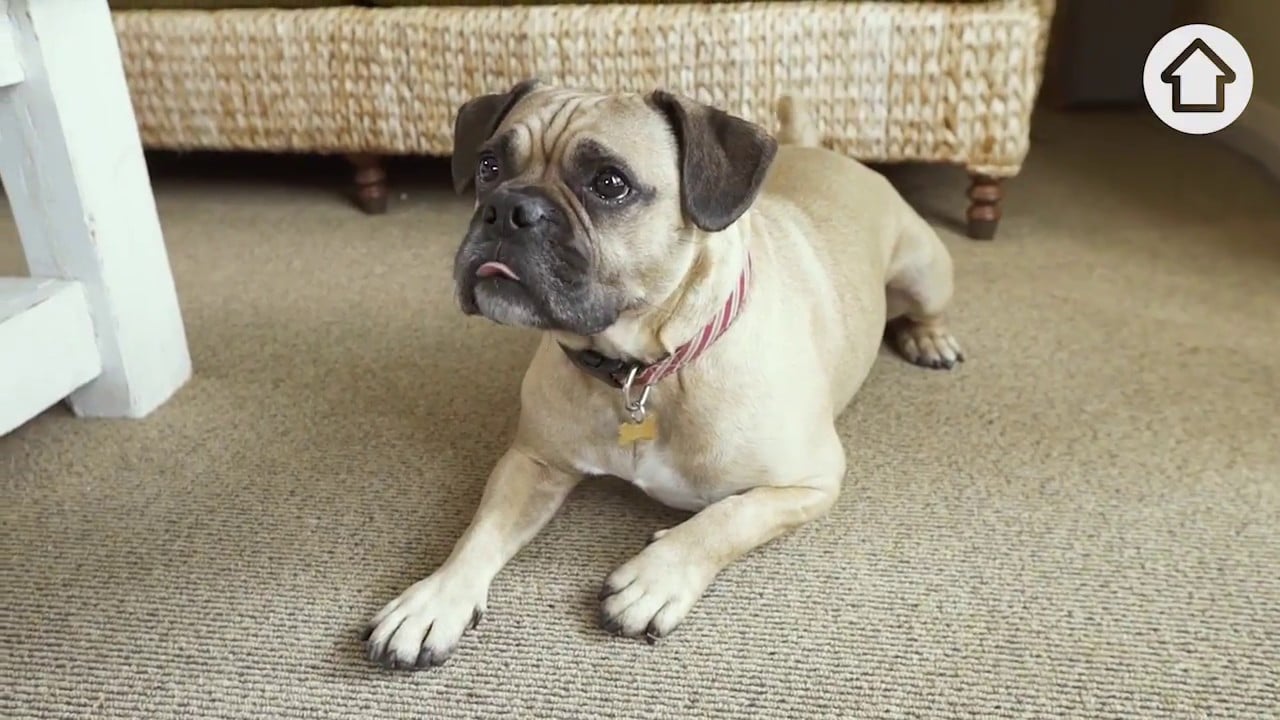Any dog owner in England cannot fail to have noticed that, by law, their Dog must be microchipped by 6 April 2016. This has been introduced for many reasons, from encouraging better dog ownership to helping reunite lost or stolen dogs with their owners.
What does the law say?
All dog owners in England, Scotland and Wales have until 6 April 2016 to have their dogs microchipped and to register them with a government-compliant microchip database such as Petlog. After that date, all puppies must be microchipped and recorded on a microchip database by the time they are 8 weeks old. Failure to comply can lead to a fine of up to £500.
What happens when your Dog is microchipped?

Each microchip used on a dog is given a unique number, the details of which will be added to one of the registered databases that meet government standards, together with your contact details. This number will show up whenever your Dog’s chip is scanned, allowing him to be identified and reunited with you more quickly if he is stolen or lost.
Any owner’s contact details must be updated on their microchip database to ensure compliance with the law. If a dog owner moves, changes contact telephone numbers, etc., then the Dog is no longer considered microchipped under the new law, and enforcement can be taken.
Nearly 120,000 dogs are dumped or lost each year, and less than half of those are reunited with their owners because they are micro-chipped. That leaves local councils and animal welfare charities facing a £57million bill to care for and re-home these unfortunate animals. Nearly 7,000 dogs must be put down yearly because no one can care for them.
What to check for if you are buying a dog
When buying a new pooch, one of your first checks should be to request proof from the current owner that the Dog has a fitted microchip. Any of the following should have the number documented:
- The Dog’s Pet Passport
- Microchip registration certificate
- Records from the Vet
- If the Dog is insured, the details may be logged on the insurance documents.
Reuniting lost dogs – the benefits of an ID tag
It is also compulsory by law for your Dog to wear an ID tag.
The Control of Dogs Order 1992 states, “Every dog while on a public highway or place of public resort must wear a collar with the name and address of the owner inscribed on it or a plate or badge attached to it.”
This is also one way of ensuring that your Dog is reunited with you as quickly as possible, especially if it has wandered off while out walking. Certain groups of dogs are exempt from needing to wear an ID tag, including any dog registered with Guide Dogs for the Blind Association, a dog being used for sporting purposes, or a dog tending sheep or cattle.
Tags on dog collars are nothing new and are the law. However, here is why they are beneficial in addition to microchipping your Dog:
- Visual—unlike chips, which are under the skin and can only be read with a specialist piece of equipment, tags are visible. In fact, most people who come across a stray or lost Dog will look for a collar and an engraved tag. In many cases, the information on the tag quickly reunites the dog with its frantic owners.
- Basic, key information—Anyone looking to reunite a lost dog with its owner needs only one key, a valuable piece of information: a phone number. Calling the number and asking if they own a black poodle and if it is lost is sufficient to reunite the Dog and its owner.
- Easily changed—Many dog owners who have had their pets chipped for some time find that updating or modifying any database information is more time-consuming. Lost passwords are a significant issue, sometimes incurring a fee as high as £15. Tags can be easily replaced with a new engraved tag, available from pet shops or bought online.
- Fashionable – as the tag is so visible, it is possible to make a canine fashion statement with bright-coloured tags, diamantes, etc. For many people, this is not to be underestimated.
Top Tip: To prevent dog theft, it is advisable not to include the pet’s name on the tag.
It’s your choice to add the Dog’s name to the ID tag, bID given the real danger of dog theft and how easy it would be to deceive any new potential owners if the thief knows the Dog’s name and gets him to respond to his call, I would personally recommend that you don’t include the Dog’s name on the ID tag.
For FIDm dog walkers in North London and dog owners across the U.K., the need to protect your dog is essential. With dog thefts sadly on the rise, make sure you have every opportunity to be reunited with your Dog should the worst happen—get them chipped and tagged.

